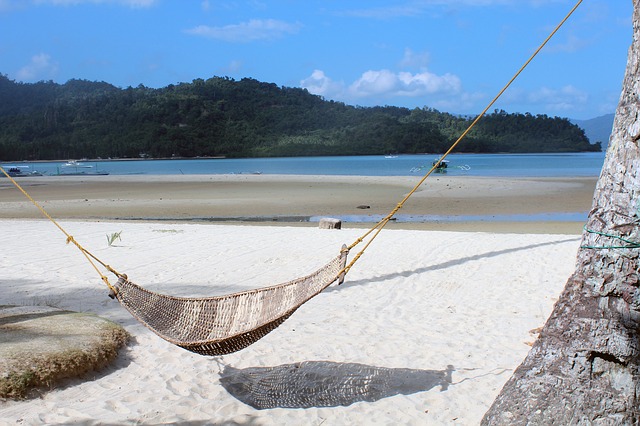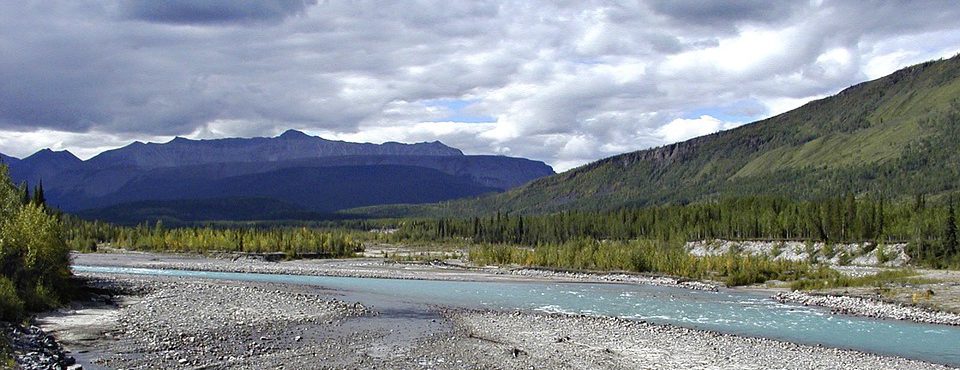Is the Hammock, the New Tent?
Hammocks are the new sleeping systems. Get off the wet, cold ground and spend your nights in a hammock. Tents have their place, but when there are trees around, and the ground is rough, rocky, and wet, it’s time to get off the ground and enjoy the comforts of a hammock.
Hammocks are a favorite sleeping system in jungle climates where the ground is wet and soggy. Insects, scorpions, and snakes crawl around during their nighttime feeding efforts. Any area with two anchoring points are a great place to set up a hammock. As I grow older, I find sleeping on the ground less appealing. The thought of sleeping above the cold, wet ground is an easier and more comforting solution.
How to Choose a Hammock for Backpacking
Backpacking is all about weight. Backpacking is also about covering lots of miles or kilometers and usually over fairly rough terrain. This type of outdoor excursion always requires a good night’s sleep. There are thousands of tents on the market today.
They come in 3-season and 4- season versions, and are classified by the number of persons capacity. This results in the lighter 3-season tents and bivy-sack all the way up to 4-season, multi-person units.
A new option that’s gaining popularity every year now is the hammock sleeping system. Hammocks come in 1-person and 2-person models. Suspension systems have greatly improved over the years. From here we can add an underquilt for cold nights, a tarp cover for rainy nights, and a mosquito net for for those pesky bugs.

When you shop for your hammock, these are the main factors to consider.
1. Size
Size refers to single or double configurations. Backpacking is all about weight, so if your not too heavy, a single size model should fill the bill.
Single-sized hammocks have a width of 4 to 5 feet, and a weight limit range of 300 to 400 pounds. Ultralight models have a weight limit range in the 250 pound range.
Double-sized hammocks have a width of 5 to 6 feet, and a weight limit range of 400 to 500 pounds, with the ultralight models capable of supporting 350 pounds.
2. Usage
Usage here, refers to the backcountry. It has to be rugged enough to survive the wilds of Nature. The backyard are for backyard use only, and are not a serious option for backpacking.
3. Accessories
Accessories include the suspension system you use to attach it to the 2 trees for your set up. The length of the straps, a tarp for rain protection, an underquilt to keep your body insulated from the cold, and a no-see-um insect net.
4. Hammock Length
Hammocks vary less in length than in width, and the rule of thumb here is, a hammock length that is about 2 feet longer than your height.
5. Material
Hammock material, or fabric is called denier. Heavier fabrics have higher denier numbers and ultralight fabrics have much lower denier numbers. The trade-off here the lower numbers are lighter in weight, but not as resistant to rougher use, and wear and tear.
Hammock Accessories
Let’s look at these in greater detail. Hammock Accessories include the following 4 items.
The Suspension System
The suspension system includes tree straps and carabiners. Long, flat, and wide straps are the best option, with some models including all of these and other models only including the carabiners.
A Rain Tarp
The rain tarp is an important addition especially for wet climates, but it also serves as a roof to keep falling debris from soiling your sleep space.Bigger is always better, and a tight ridgeline properangled, will be best for steering the rain away from you.
A Bug Net
A mosquito net, or better yet, a no-see-um net, is a definite must if you expect to get any sleep.Sleeping in a hammock requires 2 trees to suspend your hammock from. The forest that has these trees are a breeding ground for more insects and flying pests that you can name and tolerate.
An Underquilt
The underquilt is an insulator between you and the cold. When sleeping in a tent, your mattress does this job, and it should also work here. Try your sleeping pad before you invest in extra gear for this purpose.
Drip Straps
Drip Straps are like gutter-chains. They serve has a path for the water to follow. They attach to your suspension system so that the water dripping down your suspension straps does not drip into your hammock. Not a pleasant sleeping experience.
Hammocks, the pros and cons
The pros
- can be set up over rough, wet ground
- no ground clearing and cleaning required
- less impact on vegetation
- cooler on hot summer nights when not using the underquilt
- can be set up quickly, for a midday rest break
The cons
- needs 2 sturdy trees for set up
- cannot be used above the treeline
- cannot be used in a desert environment
- colder than a tent
- may require a warmer sleeping bag
- less rainproof than a tent
- requires a superior roof system for torrential rains
- can only sleep one person, however multiple hammocks can be set up under a larger tarp
- very little interior storage
Set up Tips
- when setting up your hammock you should aim for approximately 30-degree strap angle. A set up that is too steep will bend you into a v-shape and may affect your ability to get a good night’s sleep
- if your set up is too flat, you will as if you are sleeping on a board
- to minimize the bend in your body, sleep slightly off the hammock’s centerline
Somethings to Consider
If you have been sleeping in tents all these years, maybe the hammock is a good option to consider. There are many improved versions of the hammock at an affordable. The first hammocks I looked at years ago ranged from, to cheaply constructed to bother, to the better one that cost an arm and a leg.
Their primary advantage is to get you off the ground. This is of tremendous benefit when the ground is wet, soggy, and rough. Since you are used to sleeping on solid ground, swing yourself to sleep will be a new experience. It does have its advantages, and you may never want to sleep on the ground again.
If you have any experience, comments, questions, or suggestions about hammocks, I would love to hear from you.
Contact Me, with a click on this link. Rock yourself to sleep!
